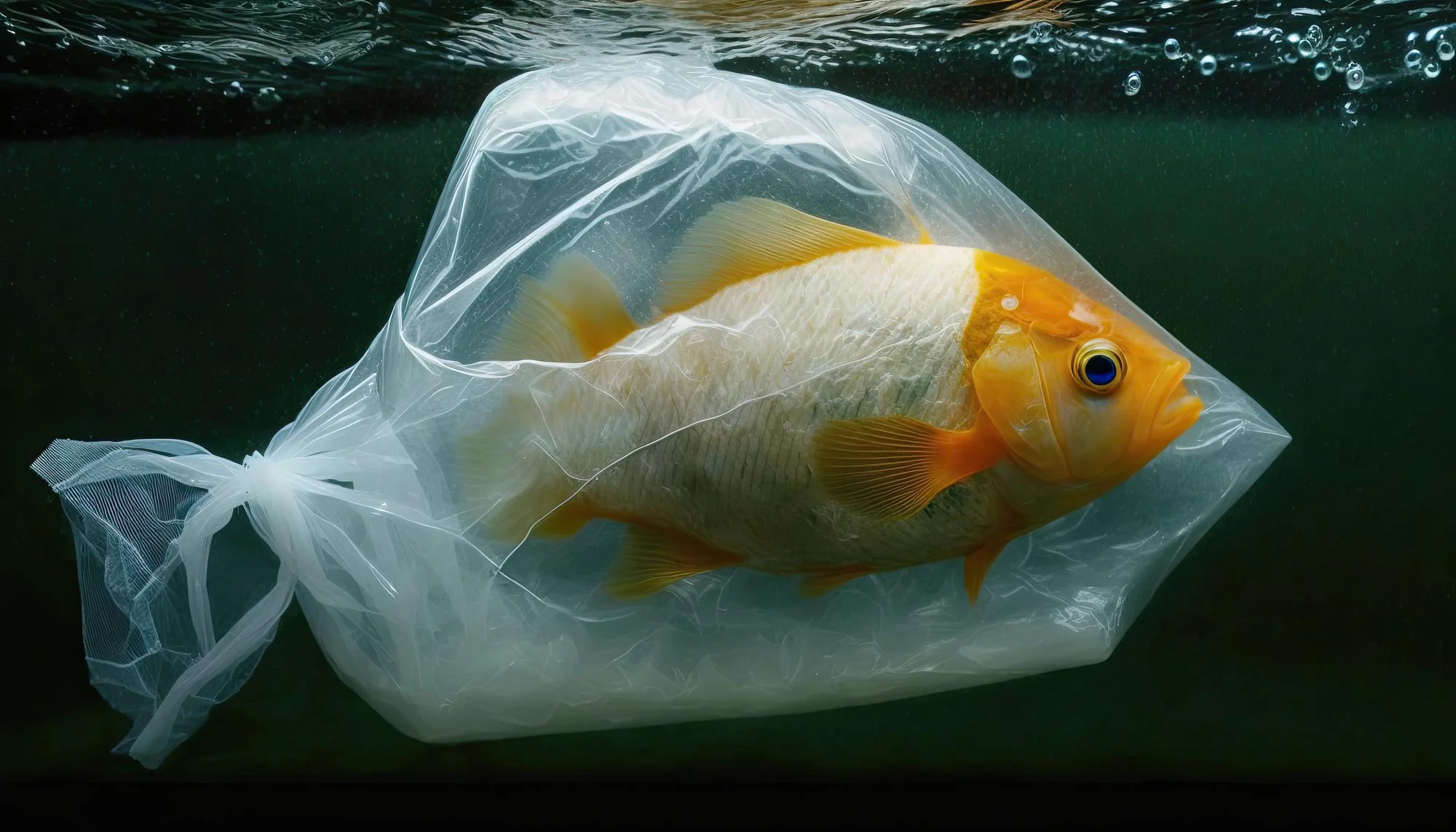In the contemporary environmental landscape, microplastics have surged to the forefront of ecological concern, permeating various ecosystems and significantly afflicting marine life. The recently published study in the journal ‘Fish & Shellfish Immunology’, underlines an alarming threat that microplastics pose, specifically to the vitality of carp, a freshwater fish species integral to aquatic food webs.
DOI: 10.1016/j.fsi.2024.109375
The Study’s Insightful Discovery
A team of prolific researchers from the Northeast Agricultural University in Harbin, China, helmed by lead authors Liu Tian-Jing, Yang Jie, Wu Jia-Wei, Sun Xiao-Ran, and Gao Xue-Jiao, embarked on an explorative journey to elucidate the mechanisms underlying muscle damage in carp caused by the ingestion of polyethylene microplastics (PE-MPs). Their study, “Polyethylene microplastics induced inflammation via the miR-21/IRAK4/NF-κB axis resulting in endoplasmic reticulum stress and apoptosis in the muscle of carp” (Fish & Shellfish Immunology, 2024), offers groundbreaking insight into this global pollution crisis.
Mechanism of Muscular Damage Revealed
The experimental design was straightforward yet comprehensive. Carps were fed PE-MPs measuring 8 microns in diameter at a concentration of 1000 ng/L for 21 days to simulate environmental exposure. The team analyzed the resulting pathological changes in the muscle tissues, tuning into the subtle cellular interplays governing health and disease.
Their findings present a scenario where PE-MPs, once ingested, provoke substantial structural abnormalities and disorganization amongst muscle fibers, thereby exacerbating oxidative stress within these potent tissues. The study pinpointed a critical reduction in microRNA (miR-21) levels following exposure. MiR-21, known to act as a molecular regulator, affectingly alters the Interleukin-1 Receptor Associated Kinase 4 (IRAK4), which is closely involved in innate immune responses.
As miR-21 levels plummet, IRAK4 unleashes the Nuclear Factor Kappa-B (NF-κB) pathway—a molecular cascade that dictates inflammatory responses. This activation serves as a catalyst for an onslaught of physiological upheaval: inflammation paves the way to endoplasmic reticulum stress, propelling cells down the path of apoptosis, also known as programmed cell death.
An Ecological Pandora’s Box
This study not only maps the route leading to cellular catastrophe but also spotlights the broader ecological ramifications. Muscles, after all, are not mere participants in movement; they are vital to the carp’s survival, growth, and reproductive success. The health of these aquatic creatures reverberates through the food web, impacting not only the species itself but also the predators and the entire ecosystem it inhabits.
The researchers duly disentangled the interaction between the carp’s internal defense mechanisms and the relentless assault of the microplastics, articulating the mechanisms that could have remained veiled beneath the surface of their glistening scales. With no competing financial interests or personal relationships influencing this study, the findings stand as an authentic testament to the scientific endeavor.
Mitigation and Prevention
Shedding light on these grim revelations, Gao Xue-Jiao, a corresponding author, underscores the potential for these findings to pave new preventive pathways. “Understanding the miR-21/IRAK4/NF-κB axis could be instrumental in developing strategies to mitigate microplastic-induced muscle damage in aquatic animals,” she emphasizes.
The Call for Conservation
This research comes at a crucial juncture when environmentalists worldwide are grappling with the plastic conundrum. The urgent need to address the pervasive microplastic pollution requires action on multiple fronts—legislation, recycling advances, public awareness campaigns, and, pivotal, scientific research such as this that casts light on the unseen wounds inflicted upon our aquatic denizens.
Conclusion
The study adds a crucial chapter to the ongoing saga of our engagement with plastic—a material once hailed as a miracle of modern industry, now a specter haunting ecosystems worldwide. As researchers and conservationists alike sift through the evidence of ecological transgressions past and present, it is our collective responsibility to forge ahead with remedies and resolutions that can heal the aquatic realms we have so profoundly altered.
Keywords
1. Microplastics impact on fish
2. Carp muscular damage
3. miR-21/IRAK4/NF-κB axis
4. Endoplasmic reticulum stress in aquatic animals
5. Apoptosis in carp muscles
References
1. Liu, TJ., Yang, J., Wu, JW., Sun, XR., Gao, XJ., (2024). Polyethylene microplastics induced inflammation via the miR-21/IRAK4/NF-κB axis resulting to endoplasmic reticulum stress and apoptosis in muscle of carp. Fish & Shellfish Immunology, 145, 109375. doi: 10.1016/j.fsi.2024.109375
2. Smith, M. et al. (2020). Environmental exposure of microplastics: A review in the context of biogeochemical cycles. Global Change Biology, 26(3), 1214-1226.
3. Rochman, C. M. (2019). Microplastics research—from sink to source. Science, 360(6384), 28-29.
4. Anderson, P. A., et al. (2021). Microplastics in aquatic environments: Implications for Canadian ecosystems. Environmental Pollution, 266, 115099.
5. Hirt, N., & Body-Malapel, M. (2022). Microplastics-induced inflammation and the impact on gut microbiota. Environmental Toxicology and Pharmacology, 87, 103677.
